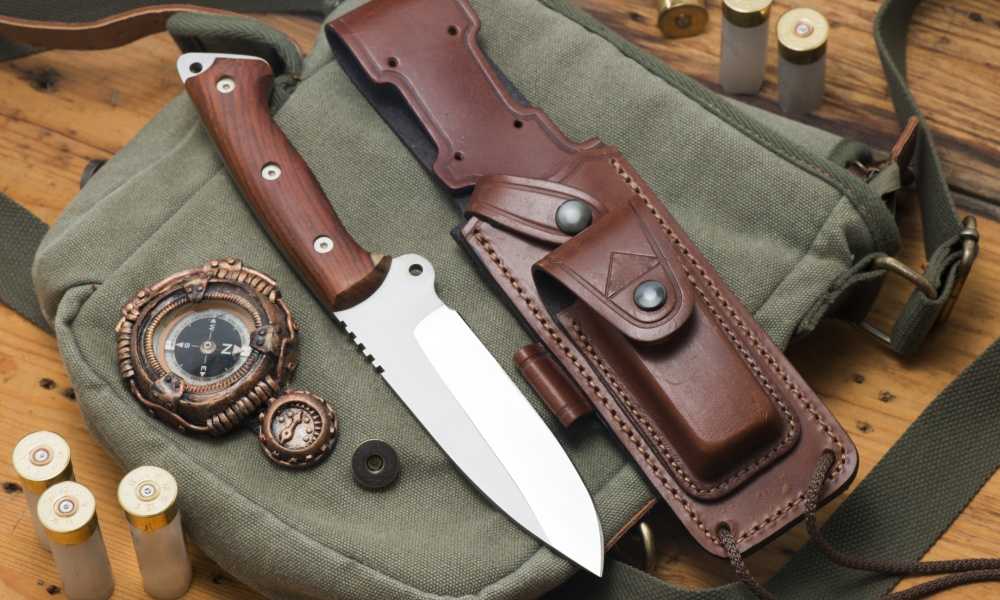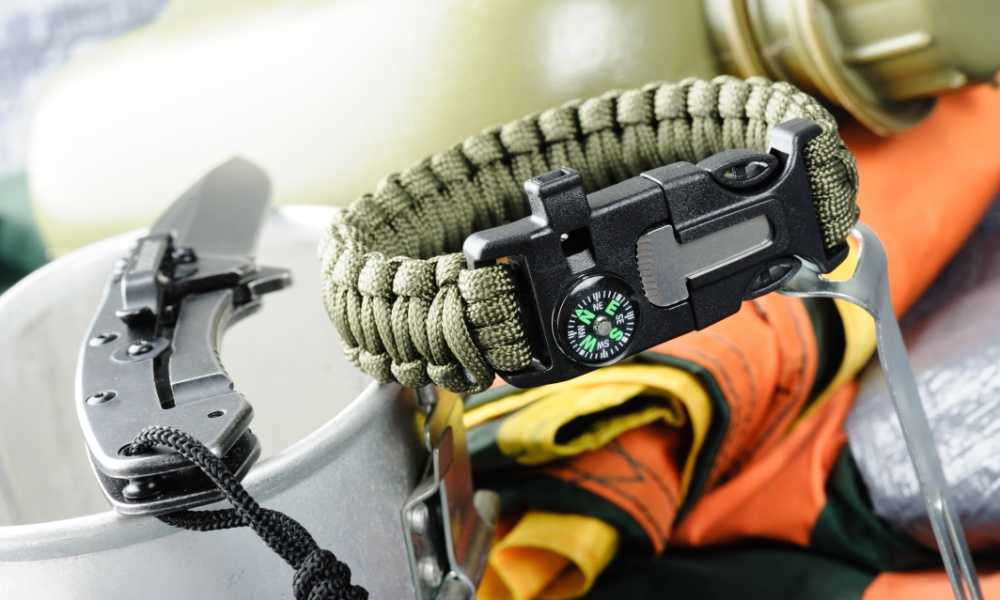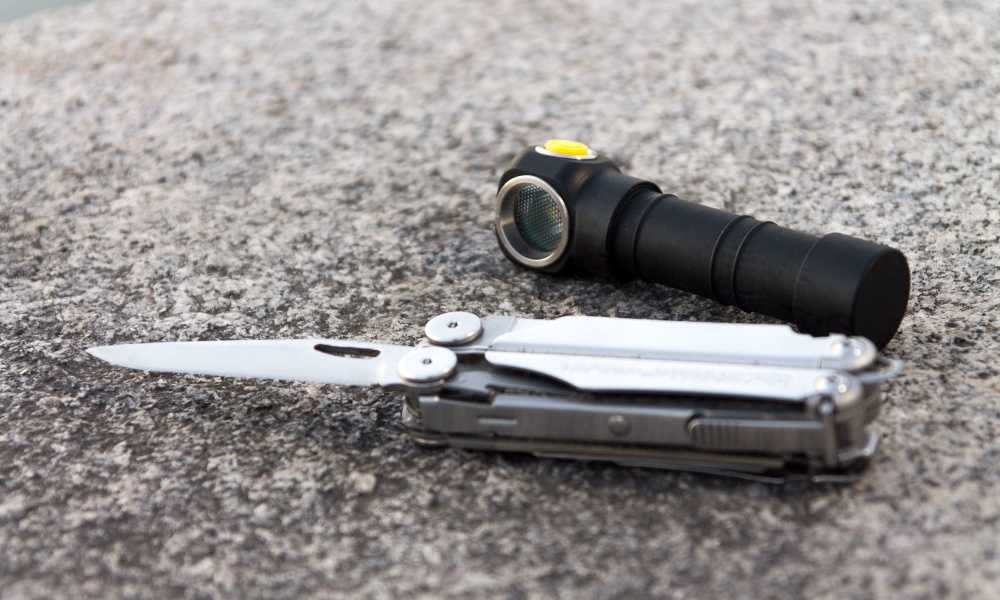Last Updated on October 17, 2022 by admin_hunter
If you have ever looked for a knife, you will have seen a few different descriptions about the many different knife blades: half tang, rat-tail tang, and the most popular – full tang.
But what is a full-tang knife? And why is it so popular? Read on to find out.
What Does Full Tang Mean?
The simplest answer is that the tang of the knife is the unexposed, unsharpened part of the knife’s blade which extends through the handle of the knife. When you read that a knife has a full tang, this means that it has a solid metal piece that is part of the blade running down the handle.
Full-tang knives owes their strength and structure to the continuous, solid piece of metal. The opposite of a full tang is a partial tang. This is where the blade only thinly and partially extends through the handle. A full-tang knife can easily be used without a handle and has a more substantial profile than partial-tang knives.

What are the Different Tang Types?
As you will have seen, knives are available in various sizes and shapes, which means there are many types of tangs available. While they all have their own different specifications, they can typically be categorized into two different tangs: full tangs and partial tangs.
- Full tangs include full, extended, encapsulated, skeletonized, and hidden blades
- Partial tangs include partial, tapered, rat-tailed, and push blades
A full tang is the most popular blade type and can be found in a lot of survival knives. The tang will extend through the whole length of the knife’s handle, which is made up of two parts that are joined on either side of the full tang using metal rivets.
Full-tang knives are considered to be the most steadfast, reliable, and robust of the options, which is why many love to use them as their chosen survival knife option.
How to Check if a Knife is Full Tang
A knife that has substantial blade material running throughout the whole handle is considered a full-tang knife. Because of this, extended, encapsulated, hidden, skeletonized, and tapered tangs are generally considered as full tangs.
With most full-tang knives, the outline of the metal part within the handle can be seen where the two parts of the handle connect. But seeing these metal parts does not mean that it is a full-tang knife.
With other full tangs, like hidden or encapsulated tangs, you won’t see any part of the blade on the handle as it is covered by the handle. Normally, when you buy a knife, there will be a manufacturers note stating whether the knife is a full tang or not.
If for some reason you did not read whether the knife was a full tang on the label, you can still work out if the knife is full tang. Just use the knife for fire steel striking, batoning, or any other similar activity. If you don’t sense any weaknesses at the blade-handle joint, the knife is most likely a full tang.

Advantages of a Full-tang Knife
There are so many advantages to a full tang within a knife, including:
- The primary reason that a full tang is better than a partial tang is that the latter tends to become loose over time, especially when doing activities that place the blade under pressure
- The chance of the handle breaking drastically reduce as most of the force is placed on the blade of the knife and not the handle
- The joint between the handle and the blade is much more robust, so the blade’s movement will always follow the handle’s movement
As full-tang knives are more robust, they are a better choice for outdoor activities such as levering, chopping, and batoning, where partial tang knives can become hazardous.
FINAL VERDICT
As you can see, knowing what full tang means and how to identify it is important. The basic points you need to remember are that the knife’s tang is the piece the runs through the handle. There are a variety of different knife tangs, but most of them are either full or partial tang.
A full-tang knife is much more reliable and robust than a partial tang knife, making it a much better choice for survival and outdoor situations.
Because the blade runs through the entire length of the knife’s handle, it gives the knife stability and strength which just cannot be achieved by a partial-tang knife.

